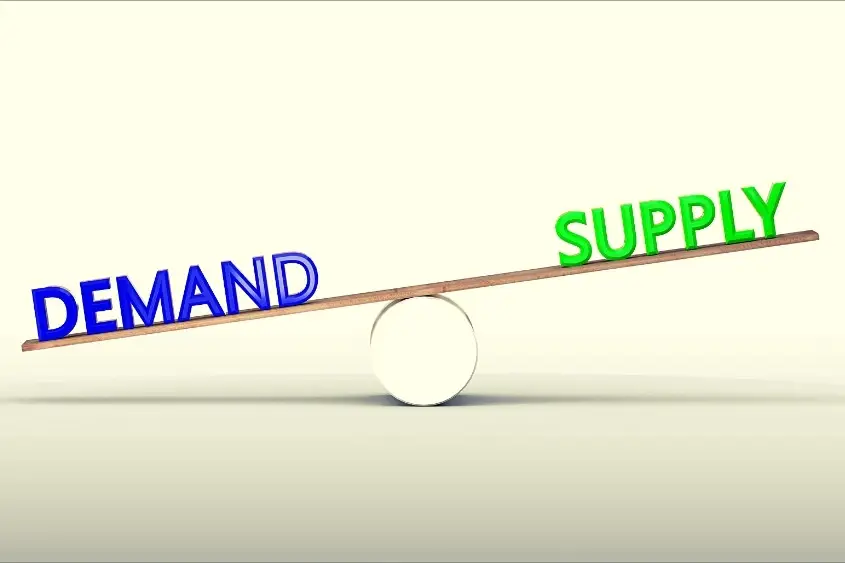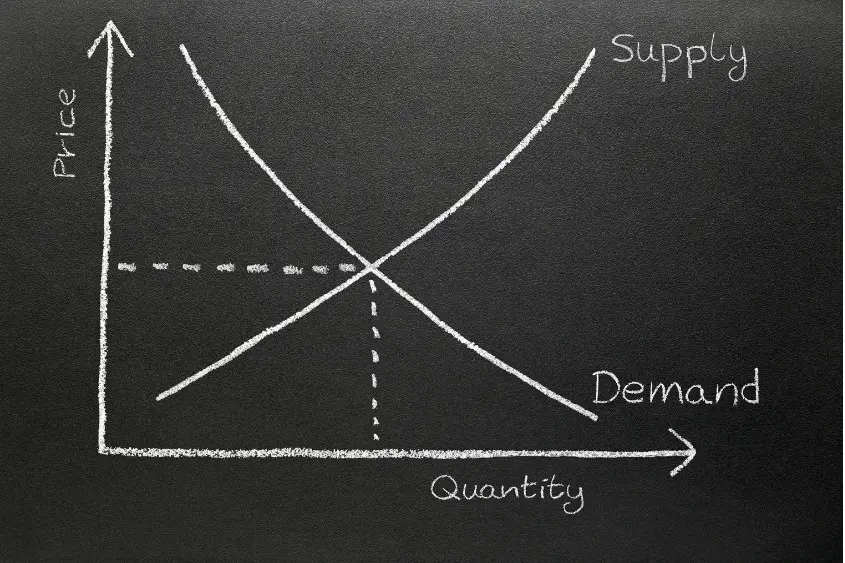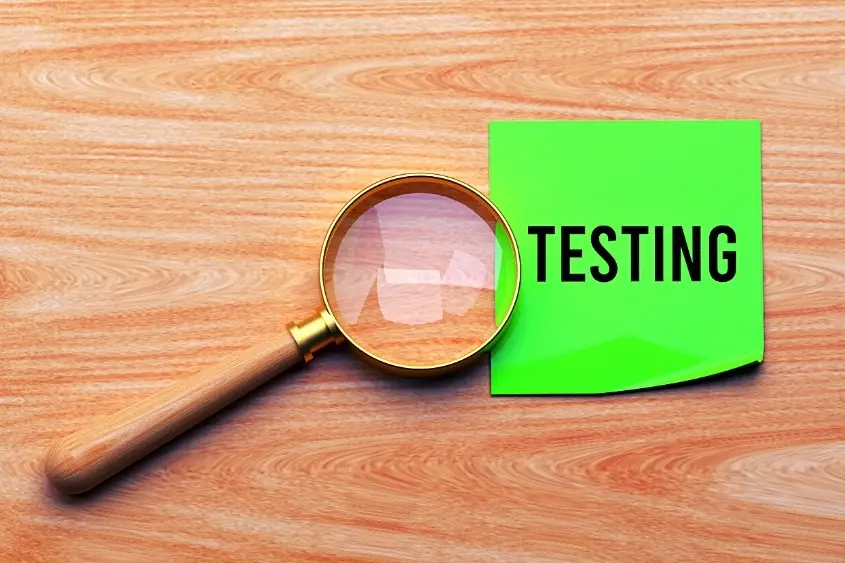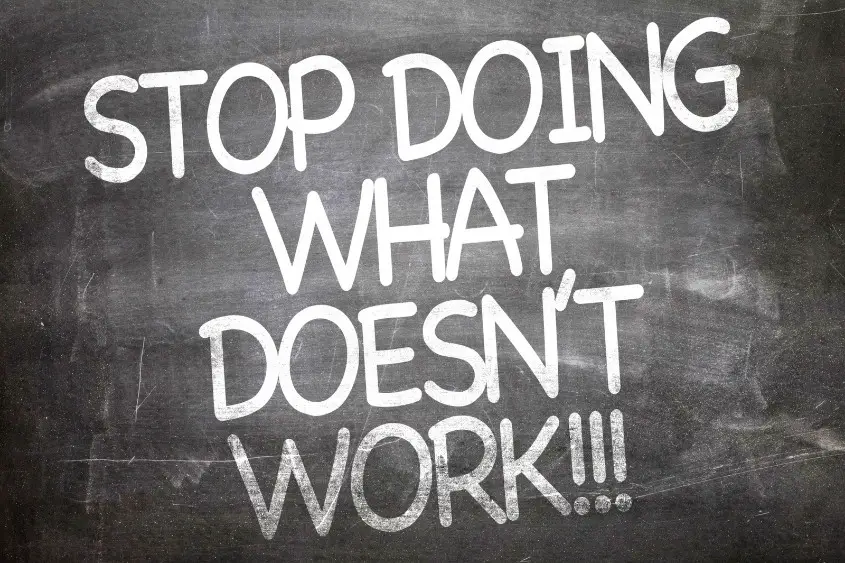If you are a creator trying to sell your own NFTs, you might be curious to know how to price them properly in order to sell them successfully. After spending quite some time within the NFT space, I’ve learned the proper steps to take to price your NFTs accordingly.
Seven steps to properly price your NFTs to sell include doing your own research, observing the current market, providing value, building your brand, creating demand, testing and observing, then doing it all over again.
Below is a list of seven steps to price your NFT accordingly to sell it successfully.
Do your own research
It is difficult to know where to begin if you don’t have a solid base price to start with. Taking time to research the current market is important. When you go to research the current NFT market, there are several essentials to be aware of.

- Mint price
If you are building an NFT project from the ground up, your consumers will more than likely be responsible for minting the NFT. With that, it’s a good idea to take into consideration all that is involved in the minting process.
Minting on the Ethereum blockchain? If so, your consumers will have to pay a gas fee upon purchase. Gas fees can range anywhere from $10 to $500 on a busy day, but the average cost ranges from $50 to $100, so plan accordingly.
It is wise to evaluate other NFT projects that might be similar to yours to see how much their mint price is. Similar to competitor brands on the shelf in a grocery store, you want to price your NFTs to be as competitive as possible with other brands.
Currently, the average mint price sits around 0.05 to 0.10 ETH per NFT. It’s important to note that there isn’t a set mint price to list your NFT for. Ultimately, the market determines what your NFTs are worth. So if you have done a good job creating demand for your NFT, you can likely sell it for a higher price. If you are just starting out, you might need to settle for a lower mint price.
- Competitor analysis

Taking note of what the competition is pricing their NFTs at can be useful as well. That way you can better determine if that price point has worked out for others. When observing competition pricing, it’s best to look at a project that is similar to yours.
That means if you are just starting to sell your NFTs, look at a project that is also in the beginning phase of its journey. It wouldn’t be fair to compare prices to an established brand that has already built a large following and demand. Everyone is at different points in their journey.
Observing the price of other NFT projects should only serve as a starting point, by no means am I saying that you have to match prices with other projects. Rather, you are simply gauging what has worked and what hasn’t for others who are at a similar point in their journey as you are.
Also, there is a huge difference between the listing price and the price that an NFT actually sells for. When looking at competitors’ pricing, look at how much their NFTs are actually selling for, not the listing price. Meaning just because someone lists an NFT for 0.5 ETH doesn’t mean they are selling it for that price.
Provide value
If you aren’t providing value to the world, don’t expect anyone to buy your NFT. Just because you have something to offer doesn’t mean anyone wants to buy it. Everyone who’s alive has something to offer the world, but it takes a certain kind of person to transform their offer into value.

Don’t get caught up in the word ‘value’ though. What people deem valuable is subjective. If you are an artist, sharing your creation process daily on various social media platforms would be valuable to other artists, for example.
Or maybe you’re a personal trainer who wants to sell training sessions using NFTs. One way you could provide value is by sharing all your best-kept secrets with the world, for free. You can post daily workouts and nutritional advice on social media, expecting nothing in return. Do this over and over again for as long as you can, and eventually, something good will happen.
Then others will take notice, they will find value in what you are doing, and as a result, those people will share the value with their friends and family, and so on. Worried about imposter syndrome? Don’t. Just document your journey. That way you aren’t coming off as someone who knows it all, but rather someone who is simply sharing your experiences and what you are learning on a daily basis.
You don’t have to be a pro when you are first starting, and no one is. Instead, you are someone who is extremely curious and wants to learn more. And as you learn more, you share what you learn. That’s called documenting, and documenting is valuable.
Build your brand
Before you even try selling your first NFT you should learn how to build your brand. Sounds scary, I know. But people do it every day. Is it easy? Not at all. Does it take a long time? You’re damn right it does. That’s the way it should be. If building a brand were easy, we’d all be doing it.

Building your brand goes hand in hand with providing value. When building a brand, especially when you’re just getting started, you should ask others what you can do for them. Before you expect a hand, you have to lend a hand.
I like to use artists as an example. If you are an artist trying to build your brand, you should reach out to every influencer you’re aware of and ask them what you can do for them. Create something for them and offer it to them for free. Don’t ask them to share it, don’t ask for money, for free! That’s it! Do this over and over again and one day you will get lucky, and one of those influencers will share your work with their community.
Are you going to get turned down? Of course. Will most people ignore you? Probably. But that doesn’t mean giving up. That means trying harder. Reach out to more people, keep creating, and keep sharing everything you learn.
One influencer who has successfully used this method to build his personal brand to over 23 million followers and counting, is Alex Stemplewski. Alex started off as a novice photographer with a dream. Early in his career, he’d spend hours offering to take pictures of random people on the streets of San Francisco. At the same time, he documented his journey on TikTok. Now Alex is a full-time short-term video & NFT creator.
Again, I want to emphasize that building a brand isn’t an overnight task. It takes a lot of hard work, consistent execution, passion, and patience. But, it is possible. Just make sure that what you’re building is something you’re proud of and believe in full-heartedly, otherwise, you will never have the drive to sell it because you won’t ever believe in it.
Create demand
Creating demand is the direct result of providing value and building your brand. There is no other way around it. Sure. There are short-term tactics you could use to drive hype and make a quick dollar, but that’s not what this article is about.

This article is about how to price your NFTs and sell them successfully. Successfully being the keyword. The only way you will ever create demand is if you have people who believe in your vision. In order for people to believe in your vision, you have to put your vision out there. You do that by documenting your journey and building your brand.
Pricing your NFTs is actually a very small part of your entire brand-building journey. You don’t need to worry about the price of your NFT if you don’t even have anyone who is willing to buy it. Believe me, you could give your NFT away for free, and most people still wouldn’t take it.
Just take a look at the NFT marketplace Opensea. There are a plethora of free NFTs available, but why would anyone want them? The truth is, no one does. Hence why you have to create something that people care about. You have to create the demand. To create the demand you need to share your journey. Sharing your journey will then help build your brand.

Only once you have some demand should you worry about pricing your NFTs. And guess what? Demand doesn’t mean there are a million people lining up to buy your NFT or even one hundred people.
First, worry about providing value to ten people, then just maybe those ten people will want whatever it is you have to offer. But, even if they don’t, that’s still okay. After all, you are creating and selling NFTs for the love of doing it right? Not because you want to turn all your interactions into a quick buck.
Just keep creating, keep documenting your journey, and keep doing what you love. The rest will come with time, then you can better determine how to properly price your NFTs.
Test and observe
Ultimately, you won’t know the right price to sell your NFT until you try. The best part about pricing your NFTs is the test and observe step. This step allows you to price your NFT at any price you want, and adjust the price accordingly if needed.

- Test
The testing portion simply means that you try something out. Once you have determined what you think your NFT is worth and after taking into consideration everything mentioned in this article, try listing your NFT(s) for a set price.
- Observe
Ultimately, the market always determines the value of your NFT. If your NFT doesn’t sell, the market is telling you the price is too high. If your NFT sells extremely quickly, the market is telling you it is priced well.
Everything mentioned in this article up to this point should fall into the test and observe step. You should always be testing, and forever observing your results. This is how you build a better brand and create the best NFT possible at the fairest price point for your consumers.
Do it all over again

Pricing and selling your NFTs successfully isn’t a one-time event. In fact, if you play your cards right it can be your forever thing. With that, everything I’ve mentioned isn’t a one-time thing either. It’s something you have to do all day, every day if you are serious about selling your NFTs.
Learning the right price to sell your NFTs will come in time. As you continue to learn and grow your brand and products/services, the price-point of your NFTs will change, as will the demand and quantity of people who want to buy them.
How much should you charge for your NFT?
If you are still confused about how much you should charge for your NFT, then allow me to explain how the pricing of NFTs really works.
You should charge whatever you feel is a fair price for the amount of effort you put into creating your NFT. You are free to list your NFT at any price you want, but only the market will tell you the true value of your NFT.
Don’t sell yourself short, but don’t be surprised if others don’t value your NFT as much as you do. Your evaluation is biased because you’re the creator. You know the amount of effort that went into creating your product/service, others don’t. That is exactly why it’s so important to document what you do. That way, someone else might just see the value as you do.
What if your NFT doesn’t sell?
If your NFT doesn’t sell, try a different price point. There is no set price or amount of time you should wait to sell an NFT. However, if you’ve had your NFT listed for several months with minimal sales, it’s time to reassess your entire strategy.

Don’t get discouraged. If anything, use your lack of sales as motivation to do better. Most importantly, keep documenting, continue to provide value to others, and if you are doing what you love, never give up. At the end of the day, that’s why we do what we do. The money is necessary to pay the bills, sure, but the reason we strive to do better and be better is that we are passionate about what we do, and we believe in ourselves and our mission.
Whether it’s NFTs, clothes, coffee, or an assortment of things, pricing and selling products and services come down to determining how bad your consumers want what you have to offer. Don’t have demand? Don’t worry about pricing, worry about the brand. Have too much demand? Well, that’s a good problem to have, figure out how you can scale.
Pricing your NFTs properly to sell them successfully can be an overwhelming task. With that, there is so much that goes into pricing an NFT, that there’s no single answer. Focus on documenting your journey and building your brand as it all plays a role in the price of an NFT. The market will tell you what your NFTs are worth.

2 thoughts on “7 Essentials to Price Your NFTs for A Successful Sale”
Comments are closed.